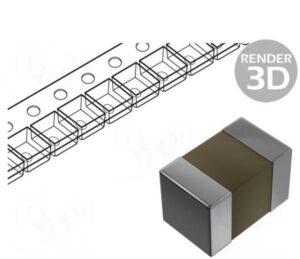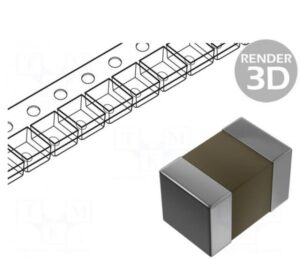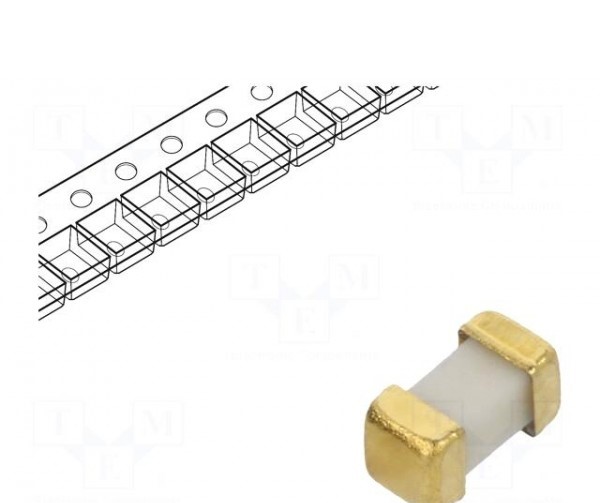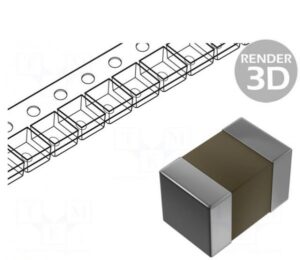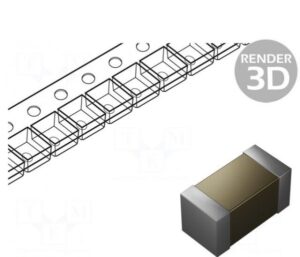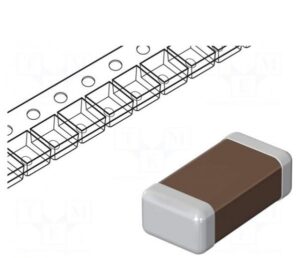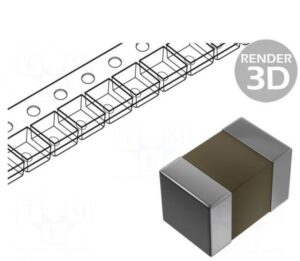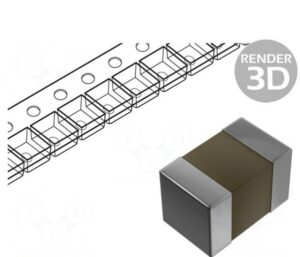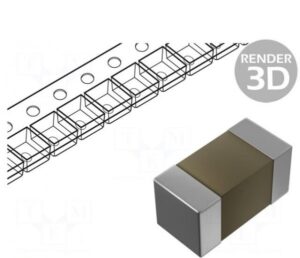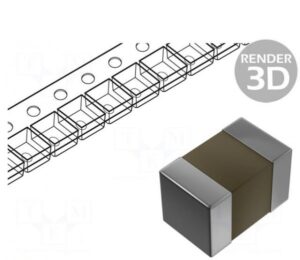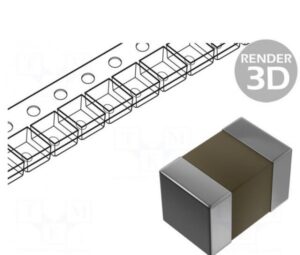Fuse: fuse | quick blow | 1A | 75V | SMD | ceramic | Case: 1206 | 458,Nano 2
2.09€
This fuse is typically used in sensitive electronic circuits where quick response to overcurrent conditions is crucial, and it is designed to be compact yet reliable for various applications like power supplies, automotive, and consumer electronics.
SKU:
EB1287415402
Category: Capacitor
Description
Explanation:
- Fuse: A safety device designed to protect an electrical circuit by interrupting the flow of current if it exceeds a safe level.
- Quick Blow: A type of fuse that blows (breaks the circuit) very quickly when the current exceeds the rated value, providing rapid protection against short circuits or overloads.
- 1A: The current rating of the fuse is 1 ampere (1A), meaning the fuse will blow if the current exceeds 1A.
- 75V: The maximum voltage rating of the fuse is 75 volts. The fuse will protect the circuit up to 75V, above which it may fail to provide proper protection.
- SMD: Surface-Mount Device, meaning the fuse is designed for mounting directly onto the surface of a printed circuit board (PCB).
- Ceramic: The fuse is made with a ceramic body, offering excellent heat resistance and durability compared to glass fuses.
- Case: 1206: The fuse comes in a 1206-sized package, which measures 0.12 inches x 0.06 inches (3.0 mm x 1.5 mm), commonly used for small electronic devices.
- 458, Nano 2: These could be part of the manufacturer’s specific identification or model series, possibly referring to a unique design or standard in the fuse’s construction.
This fuse is typically used in sensitive electronic circuits where quick response to overcurrent conditions is crucial, and it is designed to be compact yet reliable for various applications like power supplies, automotive, and consumer electronics.
Delivery information
Estimated delivery time: 1-4 working days

 Eesti
Eesti Русский
Русский
